- Home Page
- Company Profile
-
Our Products
- Microscope
- CONFOCAL MICROSCOPES
- Trinocular Upright Metallurgical Microscope
- Portable Grooved Metallurgical Microscope
- Cell Culture Imaging System
- Metallurgical Microscope
- Projection Microscope
- Student Stereo Microscope
- BINOCULAR STEREO ZOOM MICROSCOPE
- PCB Inspection Video Stereoscope Microscope
- SPINNERET MICROSCOPE
- Penta Head Microscope/ Multi view Head Microscope
- Research Polarising Microscope
- Senior Dissecting Microscope
- Dissecting Microscope
- Motorized Comparision Microscope
- Sieves Digital Microscopes
- Advance Inverted Tissue Culture Microscope
- Advance Stereo Zoom Microscope
- Student Projection Microscope
- Inverted Metallurgical Microscope
- Measuring Microscope
- Digital Spinneret Inspection Microscope
- Portable Inverted Tissue Culture Microscope
- Binocular Inverted Tissue Culture Microscope
- Student Compound Microscope
- Trinocular Stereozoom Microscope
- Advanced Research Microscope
- Gemological Microscope
- Polarizing Projection Microscope
- Senior Inspection Spinneretscope
- Confocal Microscope
- Senior Projection Microscope
- Toolmaker's Microscope
- Research Microscope
- Stereo Inspection Microscope
- Student Medical Microscope
- Digital Biological Microscope RXLr-4D
- Toolmaker Microscope Large
- Stereo Inspection Scope
- Trinocular Research Microscope
- Portable Metallurgical Microscope
- Binocular Research Microscope
- Student School Microscope
- Inverted Tissue Culture Microscope
- Projection Microscope
- Laboratory Microscope
- Decca Head Microscope
- Advanced Research Material Microscope
- Microtomes
- Semi Automatic Rotary Microtome
- Senior Precision Rotary Microtome
- Rocking Microtome
- Rotary Microtome Erma Type
- Freezing Microtome
- Fully Automatic Rotary Microtome
- Manual Rotary Microtome RMT-25
- Advance Rotary Microtome
- Hand Table Microtome
- Knife Sharpener Microtome
- Sliding Miocrotome
- Slide Staining Machine
- Rotary Microtome
- CRYOSTAT MICROTOME
- Optical Instruments
- Tissue Processor Machine
- Microscope Accessories
- Histopathological Equipment
- Lab Instrument
- Radical Digital Turbidity Meter
- Radical Microprocessor Dissolved Oxygen Meter
- Digital Photo Colorimeter
- Tap Density Tester
- Serological Water Bath
- Magnetic Stirrer
- Dual Channel Flame Photometer
- pH or mv or Conductivity
- Round Centrifuge
- Radical Disintegration Test Apparatus
- Digital Slide Scanner
- Precision Water Bath
- Incubator Shaker Water Bath
- Hemoglobin meter
- Microprocessor Colony Counter
- PASS BOX DYNAMIC
- Radical Microprocessor Colony Counter
- Bulk Density Apparatus
- Laboratory Rectangular Hot Plates
- Tablet Dissolution Test Apparatus
- Hemoglobin Meter (Sahli's)
- Micro Centrifuge 16000 R.P.M.
- Revolutionary General Purpose Digital Centrifuge
- Vortex Shaker
- Rectangular Water Bath
- Heating Mantel
- Digital Spectrophotometer
- Haematocrit Centrifuge
- Water Distillation with Metal Heater
- Hand Specimen Leveler Press
- GROSSING TABLE
- COOLING PLATE
- MICROPROCESSOR PH METER
- DIGITAL FLAME PHOTOMETER
- pH/mV/TEMPERATURE TESTER
- DIGITAL PH, CONDUCTIVITY & TEMPERATURE METER
- Radical Auto Karl Fischer Titrimeter
- Stereo Zoom Microscope
- Jewellery Making Microscope
- Binocular Stereo Microscope
- Advanced Stereo Zoom Microscope
- Articulated Trinocular Stereo Zoom Microscope
- Digital 3D Inspection Microscope
- Binocular Stereo Microscopes
- Motorized Stereo Microscopes
- Trinocular Microscope
- Stereo Inspection Microscope
- Stereo Microscope
- Digital 3D Inspection Microscope RSZ-3D
- Stereo Zoom Microscope RSM-8
- Polarising Microscopes
- Lab Consumables
- Profile Projector
- Optical Profile Projector
- Vertical Profile Projector
- Profile Projector RPP-500
- Profile Projector
- PROFILE PROJECTOR
- Universal Profile Projector
- Bench Type Profile Projector
- Charpy Profile Projector
- High Sharpness Profile Projector
- Profile Projector
- Horizontal Profile Projector
- Digital Profile Projector
- Radical Profile Projector
- Coaxial Profile Projector
- Anotomy Model
- Metallurgical Microscope
- Microscope
- Contact Us

The Ultimate Guide to Choosing the Best Student Microscope for Education
In the realm of educational tools, the importance of a quality Student Microscope cannot be overstated. As recent data from the National Science Teachers Association highlights, hands-on learning experiences, including microscopy, significantly enhance student engagement and retention of scientific concepts. A well-chosen microscope not only fosters curiosity but also plays a crucial role in cultivating essential skills such as observation and critical thinking within the next generation of scientists. With the market presenting a plethora of options tailored for educational settings, understanding the key features and specifications that define the best Student Microscope is vital for educators and parents alike. This guide aims to equip you with the knowledge needed to make an informed decision, ensuring that your student receives the best tools for their scientific journey.
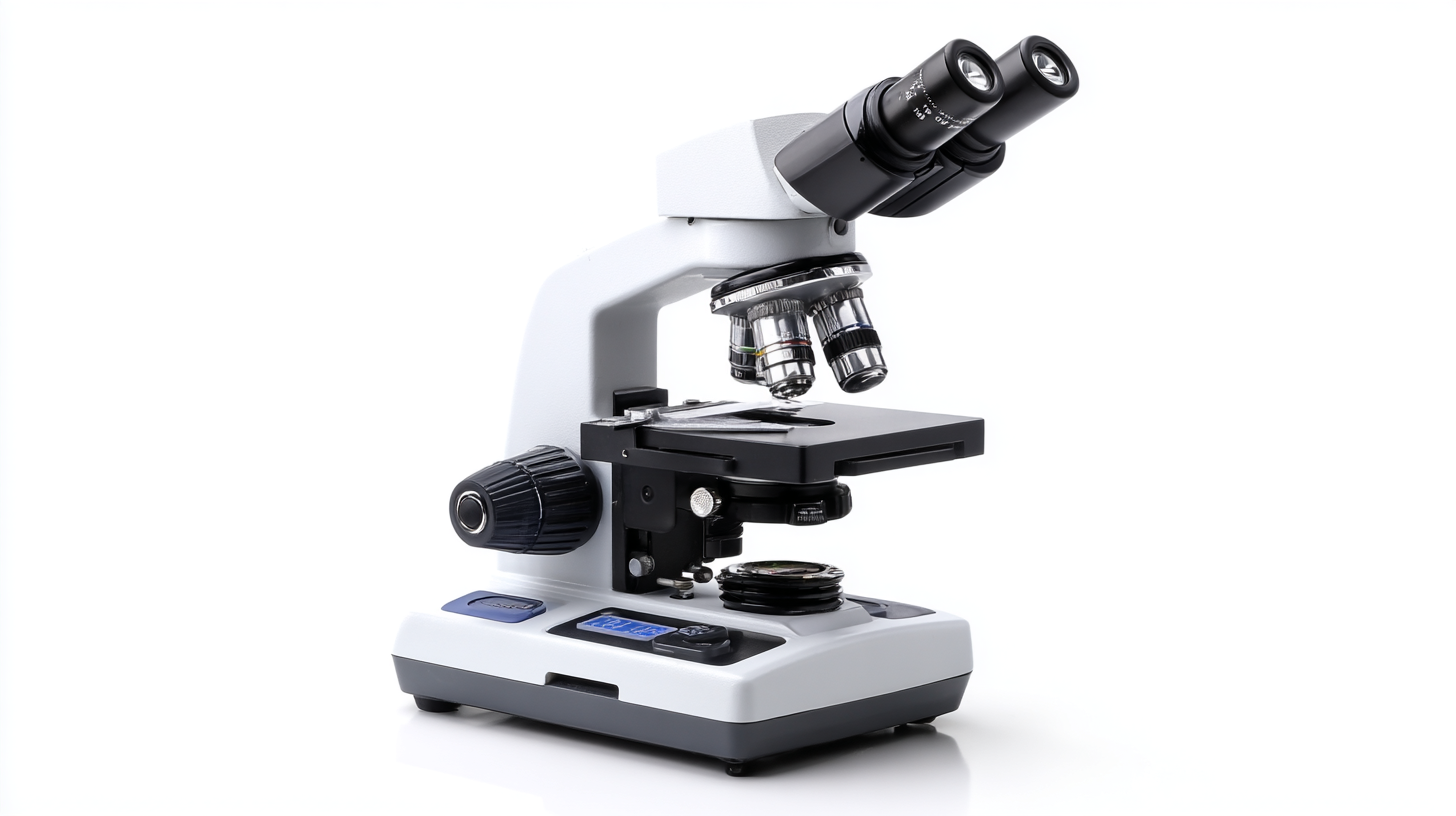
Table of Contents
[Hide]
Key Features to Look for in a Student Microscope: A Comprehensive Overview
When selecting a student microscope, several key features should be prioritized to enrich the educational experience. First, the optical quality is paramount. A good microscope should have high-quality glass optics, which provide clear and bright images, enhancing the learning process. Look for models with multi-coated lenses and adjustable eyepieces to ensure comfortable viewing and ease of use for students of various ages.
Another essential feature is the type of illumination. LED lighting is increasingly popular due to its longevity and efficient brightness. It provides consistent and even lighting, which is crucial for observing fine details in specimens. Additionally, consider the microscope's magnification range. A model that offers a range of magnifications, typically from 40x to 1000x, will allow students to explore different specimen types and depths effectively. Lastly, durability and ease of use are critical factors; a robust design will withstand the rigors of classroom environments, while a user-friendly interface will encourage students to engage more deeply with their studies. By focusing on these features, educators can ensure they choose the best microscope for their students' needs.
Types of Microscopes Ideal for Educational Settings: A Comparison Guide
When selecting a microscope for educational settings, it's crucial to understand the different types available and their functionalities. Light microscopes are the most common in classrooms, providing clear images of specimens using visible light. They are particularly suitable for examining prepared slides, making them ideal for introductory biology courses. On the other hand, digital microscopes are gaining popularity due to their ability to connect to computers and display high-resolution images in real-time. This feature enhances interactive learning and allows students to save images for study or presentations.
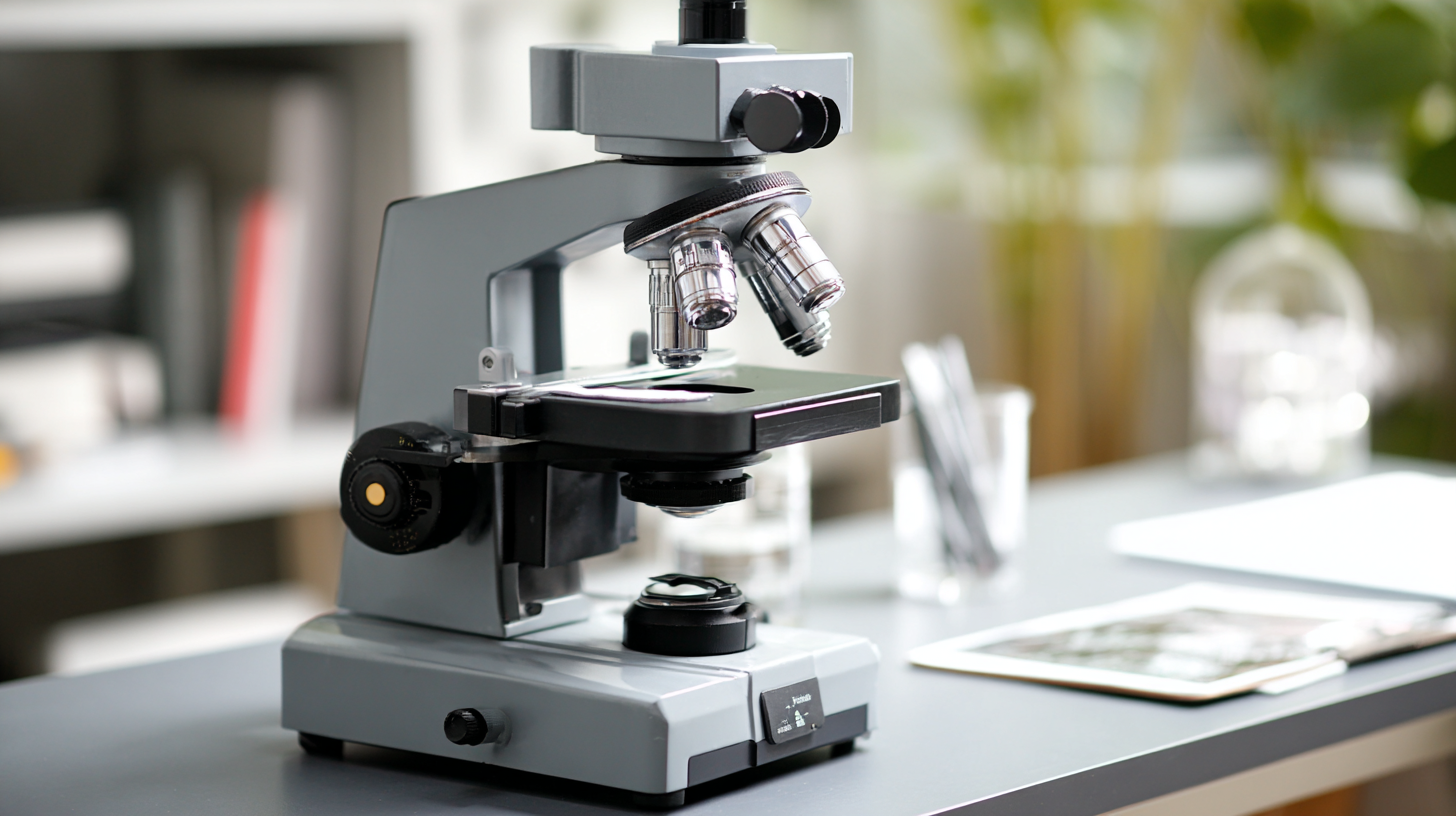
For more advanced studies, compound microscopes offer higher magnification and resolution, enabling detailed examination of cellular structures. These microscopes are essential in higher-level biology and medical courses. Another option, the stereo or dissection microscope, is perfect for viewing larger specimens in three dimensions, making it indispensable for students working on dissections or botanical studies.
By comparing these options, educators can select a microscope that not only meets their curriculum needs but also enriches the hands-on learning experience for students.
Budget Considerations: Finding a Quality Microscope Without Breaking the Bank
When searching for a student microscope that balances quality with affordability, budget considerations should be your guiding principle. First, identify the essential features needed for educational purposes. A good student microscope should have adjustable magnification, a sturdy build, and appropriate illumination. Avoid overspending on advanced features that might not enhance the learning experience for beginners, such as high-end optics or specialized objectives.
Next, explore options within your budget range. Many reputable brands offer excellent microscopes specifically designed for students without compromising quality. Look for models that come with a complete kit, including slides, lenses, and optional accessories, which can provide added value. Don’t forget to read reviews and seek recommendations from educators or fellow students to ensure that the chosen microscope delivers reliable performance. By being strategic about your purchasing decisions, you can find a quality microscope that fosters a love for science without straining your finances.
Essential Accessories Every Student Microscope Should Have for Optimal Learning
When selecting a student microscope, the right accessories can significantly enhance the educational experience. According to a report by the American Microscope Society, well-equipped microscopes can improve student engagement by up to 45%. Essential accessories such as high-quality slides, cover slips, and a selection of prepared specimens are crucial for fostered interactive learning. Additionally, incorporating a digital camera attachment allows students to capture and share their findings, promoting collaboration and discussion among peers.
Another indispensable accessory is proper lighting. LED illumination systems not only provide clearer visibility of specimens but also reduce eye strain, which is particularly important for students who may spend long hours in labs. Recent findings suggest that access to adequate lighting can improve observation accuracy by 30%, ultimately enhancing the overall learning process. Furthermore, a sturdy carrying case ensures that the microscope and its accessories remain safe and organized, making it easier for students to transport their gear between classes and labs. This array of accessories transforms a standard microscope into a powerful educational tool, optimizing the learning environment for students in any scientific discipline.
The Ultimate Guide to Choosing the Best Student Microscope for Education
Tips for Maintaining and Caring for Your Student Microscope to Ensure Longevity
When investing in a student microscope for educational purposes, it’s essential not just to select the right model, but also to understand how to maintain and care for it. Proper maintenance ensures that the microscope remains in excellent condition and can provide accurate, reliable results throughout its lifespan. Regular cleaning of the lenses with appropriate materials, such as lens paper, will prevent scratches and smudges that can distort images. Additionally, storing the microscope in a dust-free environment, ideally in a carrying case, will protect it from damage when not in use.
It's also important to familiarize students with the correct handling techniques. Encourage them to use both hands when transporting the microscope and to avoid touching the glass parts with their fingers. Educators can incorporate these best practices into lessons to promote not just care for the equipment but also an understanding of the scientific method. As highlighted by current educational trends, the collaboration between students and researchers, such as those at Iowa State University studying the biological implications of maturation delays, reinforces the idea that young minds can contribute to significant discoveries, further motivating the maintenance of their educational tools.

Related Posts
-
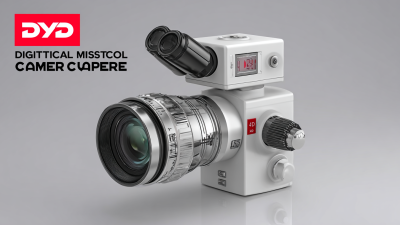
Exploring the Advantages of Best Digital Microscope Cameras for Global Buyers
-
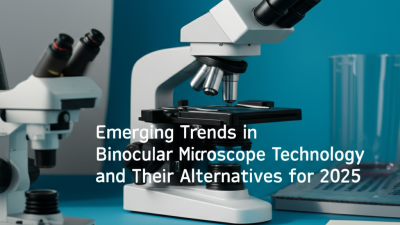
Emerging Trends in Binocular Microscope Technology and Their Alternatives for 2025
-

Overcoming Issues with Choosing the Best Laboratory Equipment for Your Needs
-

Finding the Right Supplier: A Guide to Sourcing the Best Stereo Zoom Microscopes Globally
-

Ultimate Checklist for Choosing the Best Medical Microscope for Your Laboratory Needs
-
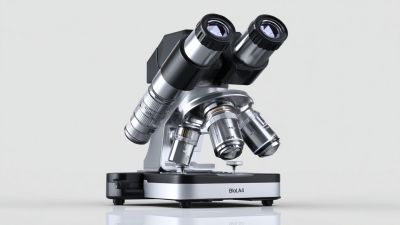
30 Reasons Why the Best Binocular Microscope Should Be Your Next Investment
Contact Us
- 9th Milestome, Ambala-Jagadhri Road, P.O.- Khudda Kalan, NH-444A,Ambala Cantt - 133104, Haryana, India
- Phone : 08045479132
- Mrs POONAM BHANDARI (Incharge - Mktg & Sales )
- Mobile : 08045479132
- Send Inquiry
GST : 06AACCR8985N1ZI
Our Products
RADICAL SCIENTIFIC EQUIPMENTS PVT. LTD.
All Rights Reserved.(Terms of Use)
Developed and Managed by Infocom Network Private Limited.
Developed and Managed by Infocom Network Private Limited.



